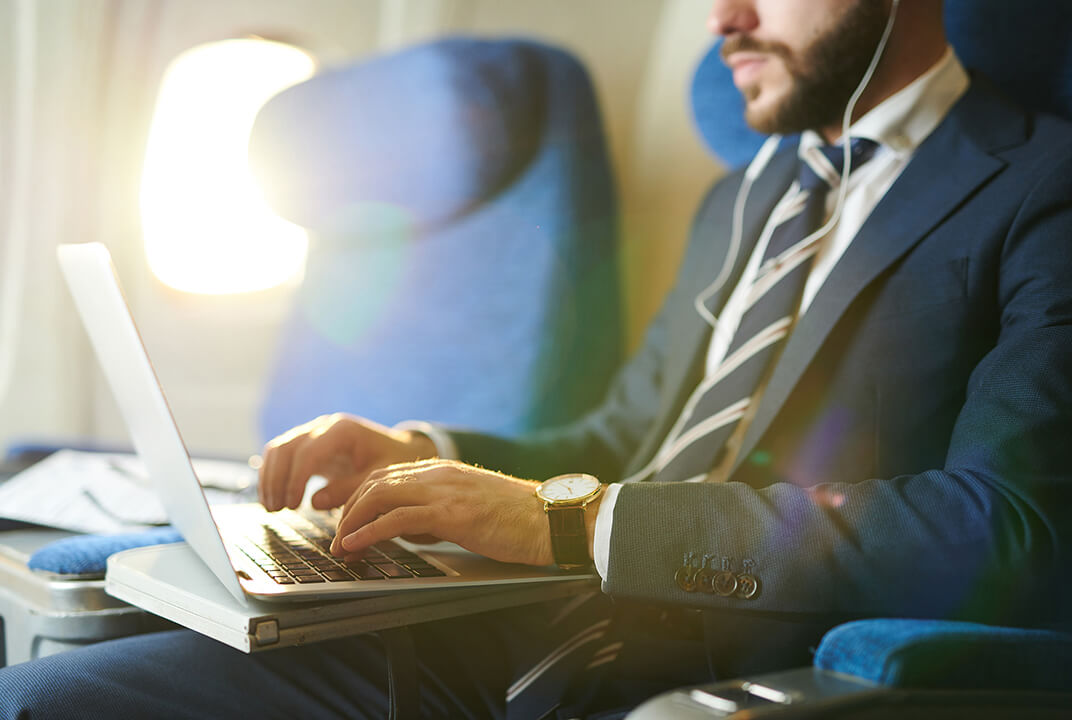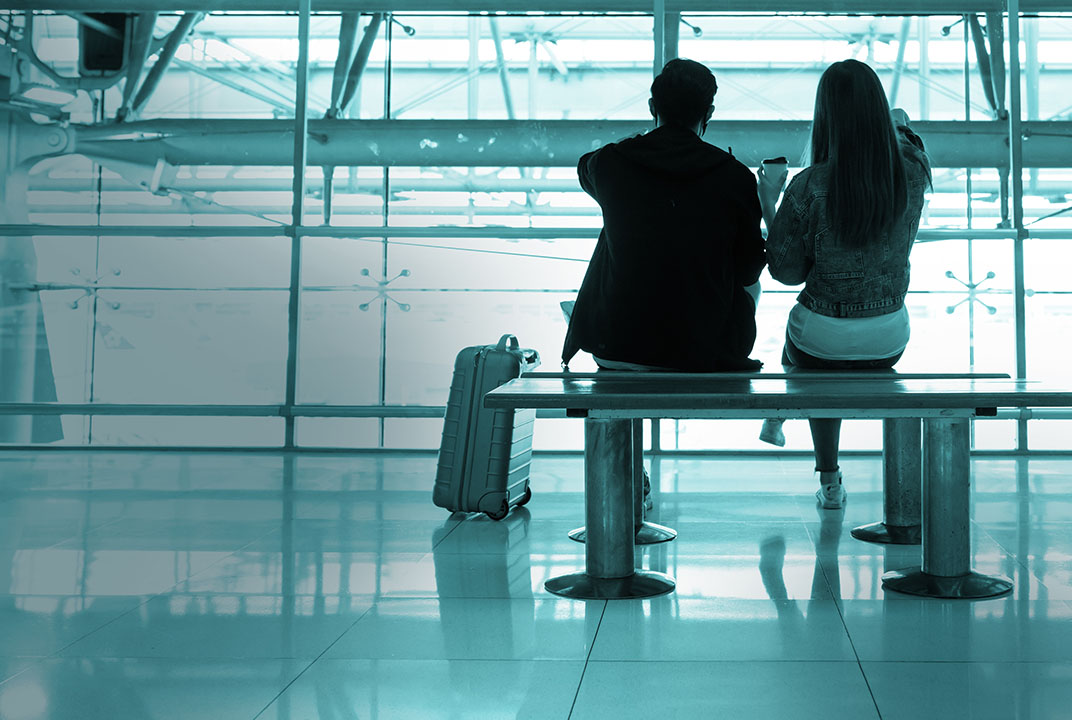Insight | Fresh opportunities for Australian airlines to adapt and grow market share
Fresh opportunities for Australian airlines to adapt and grow market share
null
Independent white paper finds that Australian airlines can prosper by adjusting to evolving market dynamics and potential shifts in travel patterns as COVID-19 restrictions lift.
Australia’s airline industry has been particularly impacted by COVID-19, despite having very successful virus containment. Due to a slow vaccination rollout (particularly for developed nations) and a zero-COVID policy, Australia is now in the unenviable position of becoming one of the last markets to recover, states a new independent white paper commissioned by Inmarsat Aviation.
However, aviation analyst Brendan Sobie, who authored the report, believes that Australia’s airline industry is well positioned as COVID-19 travel restrictions lift and can win international market share if they adjust to evolving competitive dynamics and potential shifts in travel patterns.
Next one to two years will be challenging for all international airlines
A recovery in terms of traffic or profitability for any Australian carrier is not likely until at least 2023. To capitalise on the opportunities ahead, airlines will also need to adjust to changes in passenger preferences and expectations.
- Connected technologies are particularly important in rebuilding passenger confidence.
- Airline digitalisation has accelerated during the pandemic, continuing a trend that started prior to COVID-19. There is still a lot more work to be pursued in this area.
- Australian carriers need to continue to invest in a wide range of new technologies in order to boost passenger confidence.
To download the Australia Aviation Market white paper, please click below.
- Size
- 2 MB
Opportunities
- By the end of the year, domestic traffic could reach 70% of pre-COVID levels.
- The domestic market will recover much faster than international, but airlines will have to adjust to potential shifts in travel patterns.
- Overall Australian carriers should be able to recover international traffic faster than the total market.
- In the international market, leisure traffic is likely to recover faster than business traffic. Strong international business routes may struggle due to a slow recovery in business traffic.
- Australian carriers will benefit from a stronger passenger preference for non-stop services, giving them a competitive advantage over airlines that rely heavily on transfer traffic (sixth freedom).
Challenges
- Australia could be one of the last domestic markets to fully recover.
- Australia has been the most impacted of the world’s main domestic markets, despite very low COVID-19 cases and deaths.
- Australia’s international market has been more impacted and recovered more slowly than the global average.
- The pace of the recovery will gradually pick up in 2022 and beyond, but Australia risks lagging well behind the global average for potentially several years. The biggest concern is Australia’s attractiveness as a destination.
- In the first 17 months of the pandemic (April 2020 to August 2021) only 1.53 million scheduled international passengers flew to and from Australia. This represents a decline of 97.5% decline compared to the equivalent 17 months prior to the pandemic (based on BITRE data).


